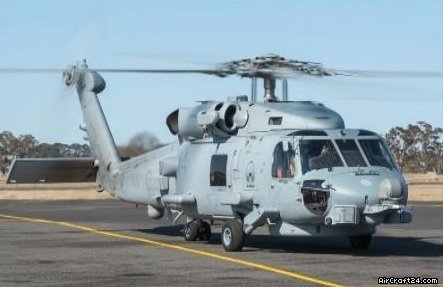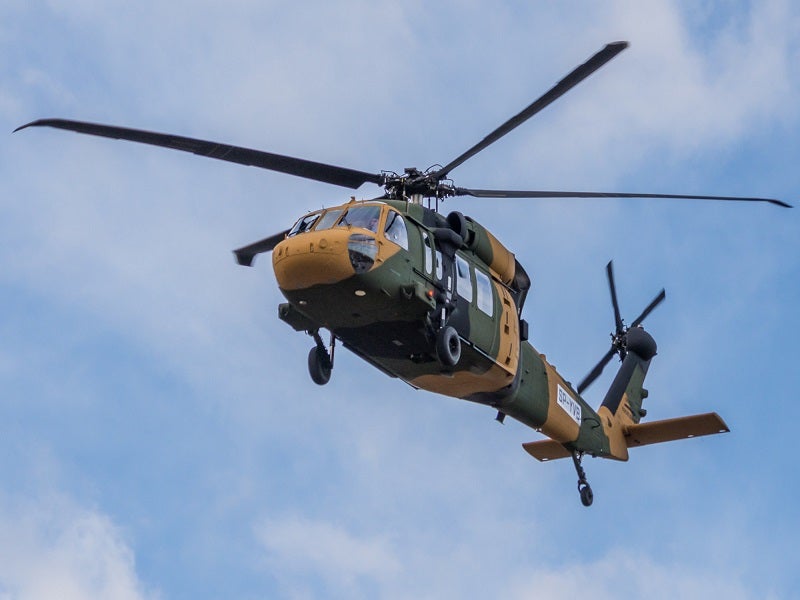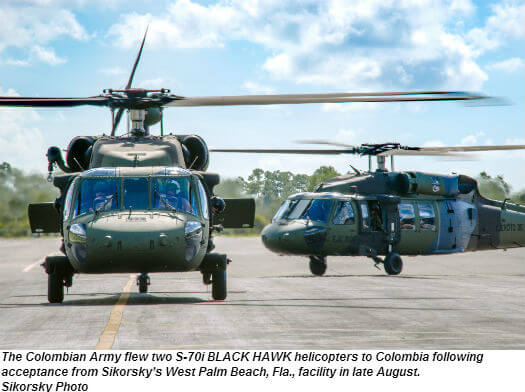High-Performance Multi-Role Rotorcraft Featuring Advanced Cabin Technologies and Integrated Sensor Systems
The world of rotorcraft innovation has actually seen significant innovations in current times, particularly in the realm of high-performance multi-role rotorcraft furnished with innovative cockpit modern technologies and effortlessly incorporated sensor systems. These technologies have not just boosted the operational abilities of rotorcraft however have likewise dramatically affected modern aeronautics operations on numerous fronts. From improved mission versatility to enhanced operational efficiency, the convergence of innovative cabin modern technologies and incorporated sensing unit systems has actually introduced a brand-new period of opportunities for rotorcraft applications. In the following conversation, we will certainly check out the evolution of rotorcraft modern technology, look into the realm of innovative cabin advancements, and take a look at the effects of incorporated sensing unit systems on the functional versatility and effectiveness of modern-day rotorcraft.
Development of Rotorcraft Technology
The evolution of rotorcraft technology has actually been marked by considerable developments in the rules of aerodynamics, products, and propulsion systems, forming the abilities and efficiency of contemporary rotorcraft. Aerodynamic enhancements have actually boosted the efficiency and maneuverability of rotorcraft, enabling enhanced rate, agility, and security during flight (sikorsky s 70). Innovations in products, such as using composite products and advanced alloys, have caused lighter yet more powerful rotorcraft frameworks, improving overall efficiency and sturdiness. Additionally, advancements in propulsion systems, consisting of much more effective engines and cutting-edge propulsion modern technologies, have actually allowed rotorcraft to accomplish higher elevations, faster speeds, and better payloads.
These innovations have not only changed the capabilities of rotorcraft but have also expanded their applications throughout various sectors, including military, business, and emergency solutions. The constant development of rotorcraft modern technology continues to drive innovation in the area, pressing the boundaries of what is possible and shaping the future of upright trip.
Advanced Cabin Innovations
Building upon the foundational developments in aerodynamics, materials, and propulsion systems, the realm of rotorcraft innovation now moves focus in the direction of pioneering Advanced Cockpit Innovations. The assimilation of sophisticated modern technologies within the cockpit environment plays an important function in enhancing the functional capabilities, safety and security, and performance of contemporary rotorcraft. sikorsky s 70. Advanced Cockpit Innovations incorporate a broad array of features designed to offer pilots with boosted situational awareness, structured data administration, and intuitive control user interfaces
Among the essential innovations in cockpit design is the implementation of glass cabins, which replace traditional analog determines with high-resolution displays. These digital systems use customizable layouts, real-time data assimilation, and improved readability, allowing pilots to accessibility crucial details at a glance. Advanced avionics systems, such as fly-by-wire controls and boosted reality displays, are changing just how pilots connect with the aircraft, permitting for exact control and improved decision-making capabilities.


Including advanced cabin technologies not just enhances pilot efficiency but additionally adds to total goal performance and safety in complicated functional settings. By leveraging modern innovations within the cockpit, rotorcraft producers are setting new requirements for functional quality and objective success.
Integrated Sensor Solutions
With the evolution of rotorcraft technology, the combination of innovative Integrated Sensor Solution has actually come to be critical in improving operational performance and safety and security. These Integrated Sensor Solutions include a wide range of modern technologies that provide essential information for various functions such as navigation, security, targeting, and environmental surveillance. By perfectly integrating sensing units like radars, video cameras, lidar, and infrared systems into rotorcraft, operators can gain from boosted situational recognition, boosted mission capacities, and minimized pilot workload.
One trick benefit of Integrated Sensor Systems is their ability to collect real-time information and offer actionable insights to pilots and goal drivers. For instance, progressed radar systems can find and track targets over fars away, permitting for early threat detection and effective action planning. Additionally, incorporating electro-optical and infrared video cameras allows rotorcraft to conduct reconnaissance and monitoring objectives with accuracy and accuracy.
Essentially, the assimilation of cutting-edge sensor innovations right into rotorcraft not only enhances operational efficiency but likewise adds dramatically to overall objective success and crew safety and security. As rotorcraft remain to advance, the duty of Integrated Sensor Equipment will visit this website certainly stay at the leading edge of innovation in the aerospace sector.
Operational Adaptability and Efficiency
Enhancing functional flexibility and performance in rotorcraft is an all-natural progression from the assimilation of sophisticated Integrated Sensing unit Systems. By leveraging the understandings and data provided by these innovative sensing unit systems, rotorcraft can enhance their performance across different missions and settings.
Operational flexibility encompasses the capacity of rotorcraft to adapt to different duties and circumstances successfully. With advanced cabin technologies and incorporated sensor systems, rotorcraft can seamlessly shift in between tasks such as search and rescue, clinical evacuation, monitoring, and much more. This flexibility enhances the rotorcraft's capability to meet varied functional requirements without calling for considerable reconfiguration.
Effectiveness in rotorcraft procedures is crucial for optimizing objective effectiveness and resource use. Integrated sensor systems play an essential role in boosting functional effectiveness by providing real-time data on weather problems, terrain mapping, target monitoring, and a lot more. This information enables pilots to make educated decisions quickly, optimize trip courses, save fuel, and enhance general mission efficiency.
Effect On Modern Aviation Procedures

In addition, the assimilation of innovative sensors assists in boosted goal preparation and execution, making it possible for rotorcraft to carry out a variety of tasks with boosted accuracy. From search and rescue operations to aerial over at this website firefighting and police missions, the capacities of contemporary rotorcraft outfitted with sophisticated cabin innovations and incorporated sensor systems are unmatched.
Furthermore, the impact of these innovations expands beyond operational performance to cost-effectiveness and sustainability. By enhancing trip paths, fuel usage, and upkeep timetables, high-performance rotorcraft equipped with advanced cabin modern technologies and sensing units add to minimizing functional prices and environmental impact, making them indispensable properties in contemporary aviation procedures.
Conclusion
In verdict, the high-performance multi-role rotorcraft with innovative cabin innovations and incorporated sensor systems stands for a significant advancement in aeronautics technology. These innovations improve operational adaptability and performance, inevitably affecting contemporary aviation operations in a positive means. The combination of these advanced innovations permits for enhanced capacities and performance in numerous goal situations, showcasing the continued innovation of rotorcraft technology in the aviation industry.
The realm of rotorcraft innovation has seen notable developments in recent times, particularly in the realm of high-performance multi-role rotorcraft geared up with advanced cabin innovations and effortlessly incorporated sensor systems. From boosted goal flexibility to improved operational efficiency, the merging of innovative cabin modern technologies and incorporated find out here now sensor systems has ushered in a new era of opportunities for rotorcraft applications. In the adhering to discussion, we will certainly discover the development of rotorcraft modern technology, delve into the world of advanced cockpit advancements, and analyze the ramifications of integrated sensing unit systems on the operational convenience and efficiency of modern rotorcraft.
